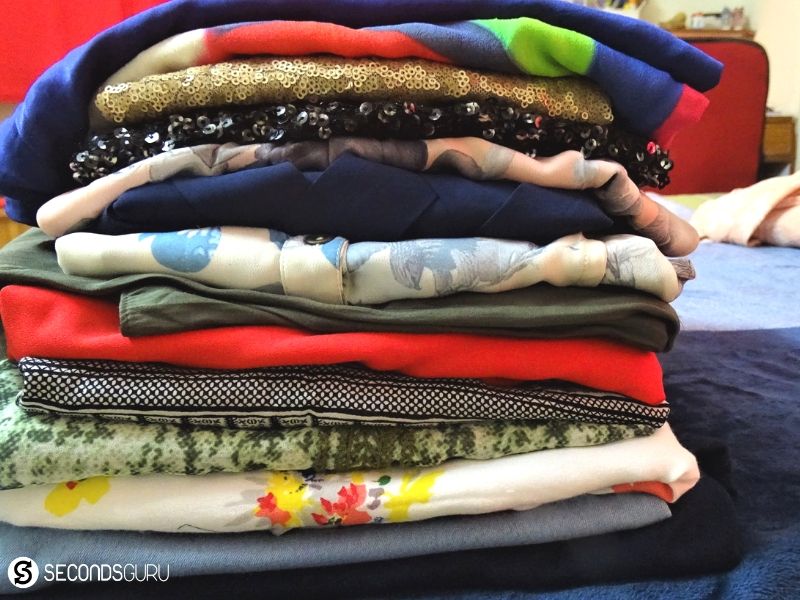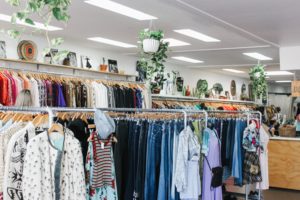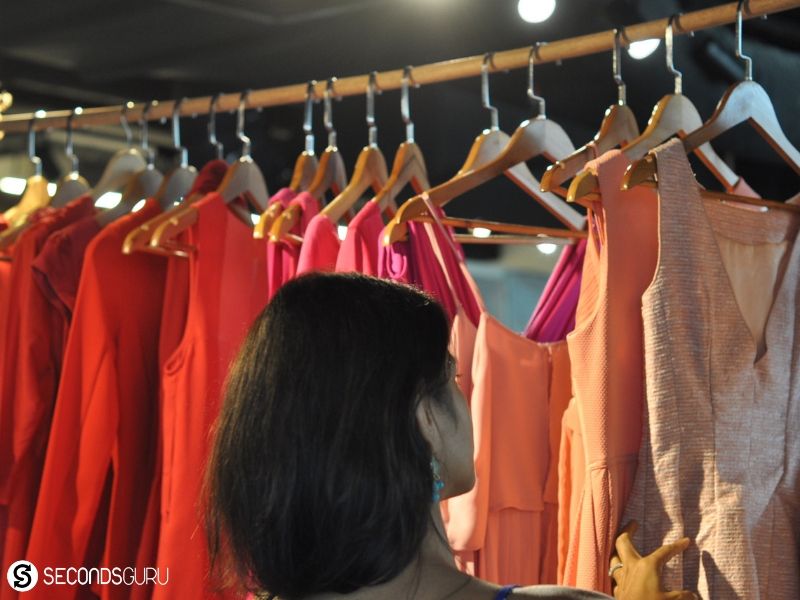Published 27 June 2019 ● Last Updated on 17 July 2020
Year: 2010 | Day: New Year’s Eve | Mission: The ‘perfect’ dress
When we were in school and college, borrowing clothes from friends was the norm. Any important event in your life, your BFFs were happy to offer you whatever you needed – be it clothes, shoes, bags, free advice and even money if you were broke (I have really good friends, what can I say?)!
This particular New Year’s Eve, we landed up at a friend’s home to try on all her dresses. (Something like Cinderella’s slippers, we needed to find one that fit us right!) It’s not that we didn’t have our own dresses; of course we did. But your friend’s clothes always seem more interesting than your own and when they are willing; why not try them all? What ensued was an afternoon of giggles, laughter, jokes, pulling on dresses and then struggling to get them off, trying to convince the new pup to get off the bed and much more – these magical moments become memories that last you for a lifetime!

Pre-Loved Clothes: What does it say about you?
As you may have guessed, this is an account of my journey with pre-loved clothes or hand-me-downs, whatever you would like to call it. Before I decided to write this article, I called each of my BFFs and asked them if it would be ok to mention them, do they mind if someone knows that they wear ‘second hand’ clothes and all their reaction was the same “What exactly are we supposed to care about?”
Long gone are the college days; we are all working women, married with our own families, living in different parts of India and yet, when our loved outfits don’t fit us any more, we keep them safely to give it to a friend. Some of us are more blessed to get more as the others lose way too much weight and then have a closet full of things that don’t really fit! However, the point being that it has never bothered us to wear ‘hand me down’ clothes. And so, for us owning and wearing preloved outfits is normal!

It took me by surprise when I discovered that wearing ‘second hand’ clothes is looked down upon in society. Most people do not wear ‘in perfect condition’ preloved clothes because they are worried about what other people will say or think. The universal impression is that if you are wearing hand me downs, it means that you do not have the means to buy new clothes!
Now, we are well aware of the saying ‘Don’t judge a book by its cover’ and it may be a good idea to apply it in this context. Just because someone is happy wearing preloved clothes; it is by no means a sign of how well off she is or not. Hey, even top actors borrow clothes and other accessories from designers sometimes!
Wearing preloved clothes: What does it say about you? That you wear clothes that you are comfortable in and don’t really care about what society thinks. Add to that the fact that your friend is happy that you are wearing her much loved outfit. Most important, you are saving clothes from being thrown away to head to landfills and being a conscious consumer of ethical fashion!
The World of Fast Fashion: What is it doing to our environment?
According to the Google dictionary ‘fast fashion’ is inexpensive clothing produced rapidly by mass-market retailers in response to the latest trends. By now, we have figured it out that inexpensive clothing means they are made using cheaper materials (that do not last very long) and that low wages that are paid to the workers in developing countries. You buy the latest fashion trends, get rid of it the next season and buy more – a vicious cycle to be stuck in.
This is why conventional fashion is among the top five most polluting industries, alongside the oil industry.

Here are a few facts to understand how harmful ‘fast fashion’ is for our environment.
* According to the UN Climate Change website, the fashion industry accounts for 10% of global carbon emissions, 20% of global waste water and 85% of textiles are disposed off when they could be recycled.
* In the USA, the annual environmental impact of a household’s clothing equals water needed to fill 1,000 bathtubs and carbon emissions from driving a car 6000 miles.
* Around 70 million trees are cut every year to make fabrics like rayon, viscose, modal and lyocell.
* Synthetic fibers such as polyester, spandex and nylon take around 20 to 200 years to break down.
* In 2018, 205,800 tonnes of leather and textile was disposed of in Singapore; only 6% of it was recycled.
So, the next time you get judged for wearing preloved clothes, you have your ammunition ready. Start by sharing that you really care for your planet and are doing your bit to be sustainable. Take it a step forward, throw in some facts about how harmful the fashion industry is. And your final punch should be to get them to join the ‘fashion revolution’!
The Alternatives to Buying: Sharing, swapping and renting
There is always an alternative available… all you have to do is choose. Movements like Fashion Revolution are ensuring a fairer, safer, cleaner, more transparent fashion industry. Our guest authors can guide you on how to create a sustainable wardrobe on a budget and tips to ensure that your purchases are sustainable options.
Sharing a wardrobe with friends or family has it perks; you have new clothes to wear without spending money to buy them. A quick Google search on ‘Why I should share my clothes?’ showed me that most people are worried about how their clothes will be treated – well, a few rules and regulations should be put in place to ensure smooth sharing. Borrowing etiquette 101: Treat someone else’s clothes like they belong to the queen – be very careful; do not take something without asking; always return clothes cleaned and neatly folded and remember to share your closet with them too! Plus, depending on where in the world you are, there may even be a closet sharing app that allows you to share your closet with others very easily.

Clothes Swap is the latest trend. The process is simple – choose clothes and accessories that you don’t want but are in good condition; exchange them with others doing the same. Though it may be awhile before clothes swapping becomes popular where you are, consumers in places such as Singapore are very familiar with this option thanks to social enterprises such as The Fashion Pulpit and Swapaholic. The process at these swap centres is straightforward and fair: you get “points” depending on the condition clothes are in (brand / style / etc); use your “points” to buy new items that you would like to add to your wardrobe.
Rent a dress is another way to ensure that you wear a dress only once without harming the environment. Why spend all that money to buy a ‘statement making outfit’ which you will never repeat? Renting of clothes is also gaining popularity especially for all the fancy affairs that we attend in our lives. Clothes rental is a popular concept in the West, and it’s spreading fast. If you would like to rent an outfit in Singapore, we recommend Style Theory, Mad Thread and Covatella.
As for me and my friends, we’d like to continue flaunting our ‘borrowed feathers’ (literally and not figuratively) because ‘birds of a feather flock together’.

Related Articles:
Fashionably Sustainable | 5 Tips to make your next purchase the ‘right’ one



0 Comments